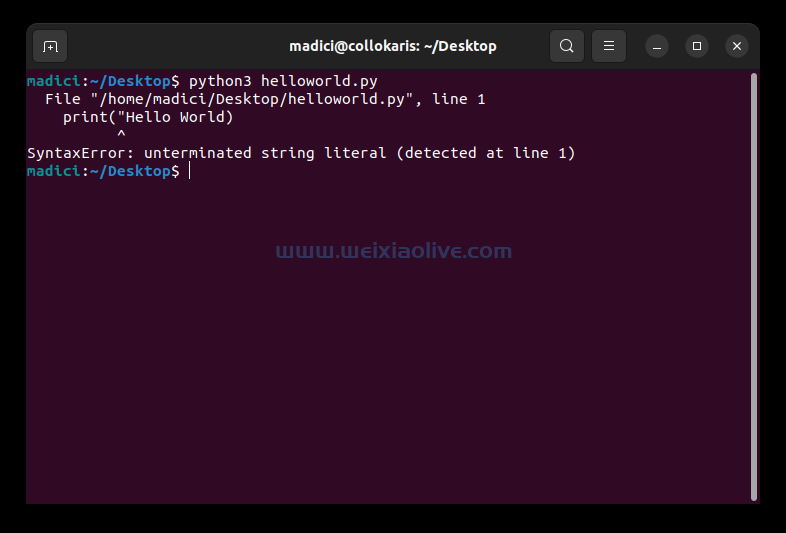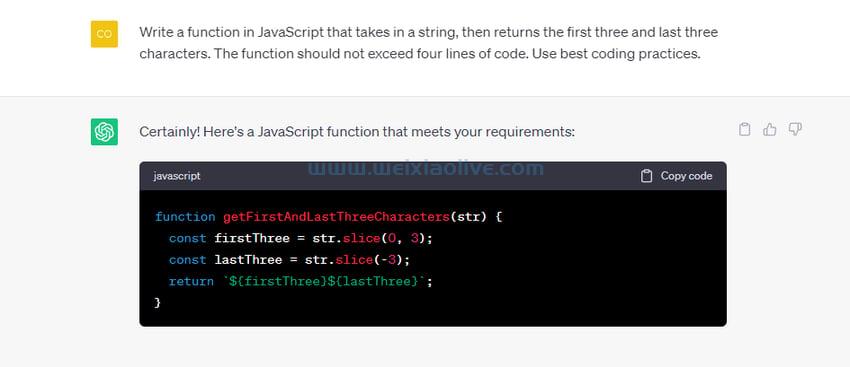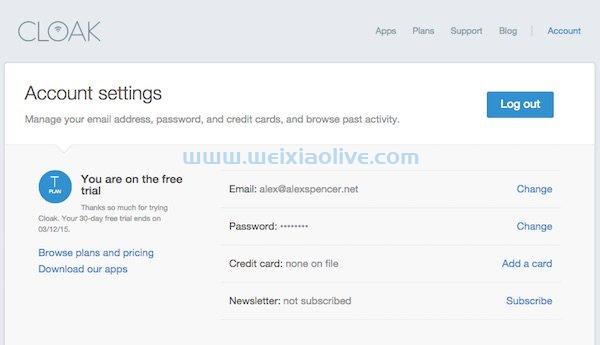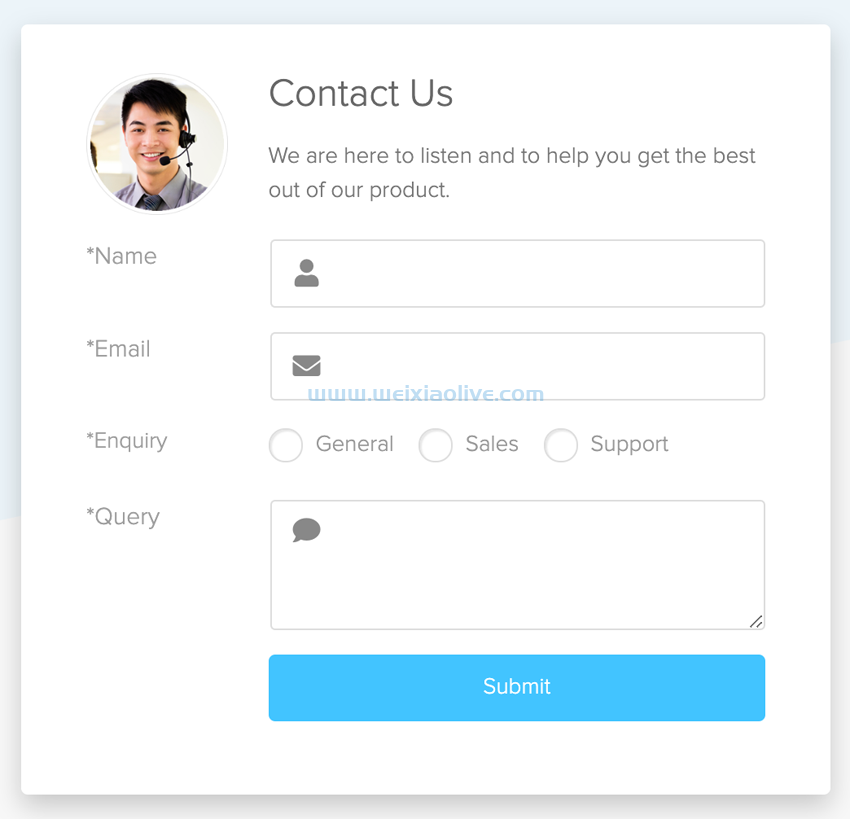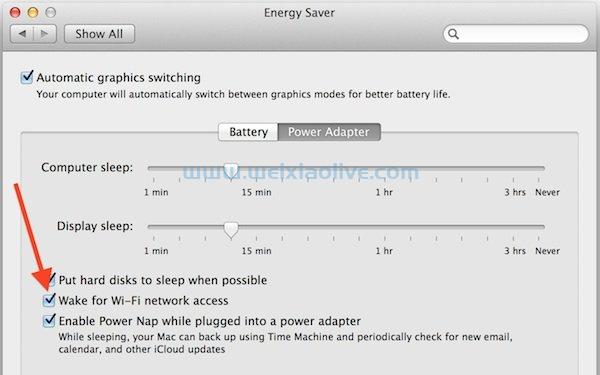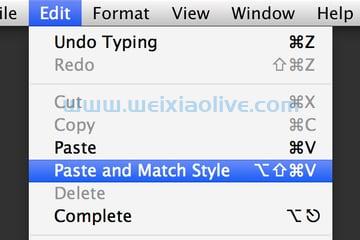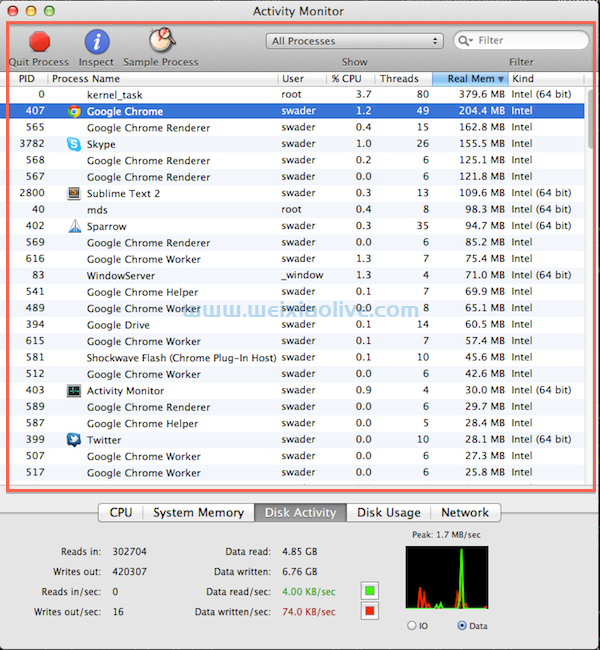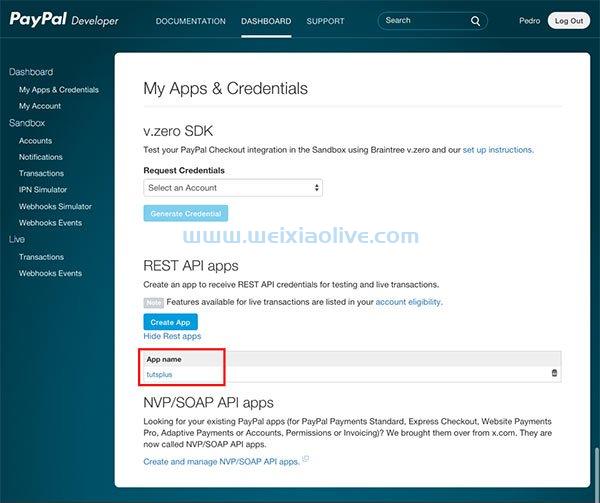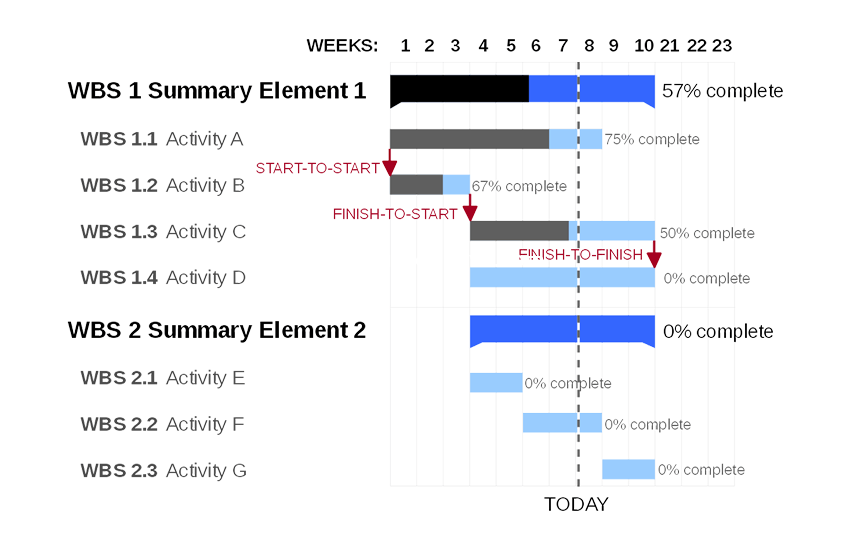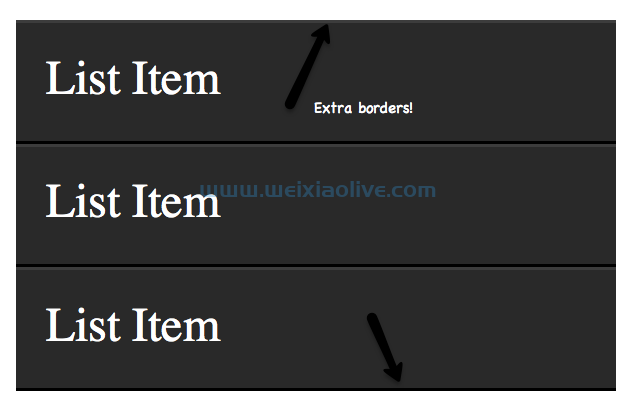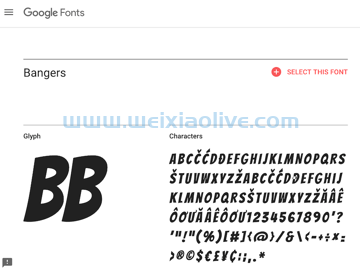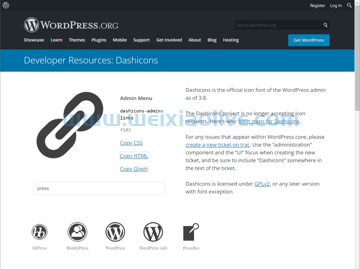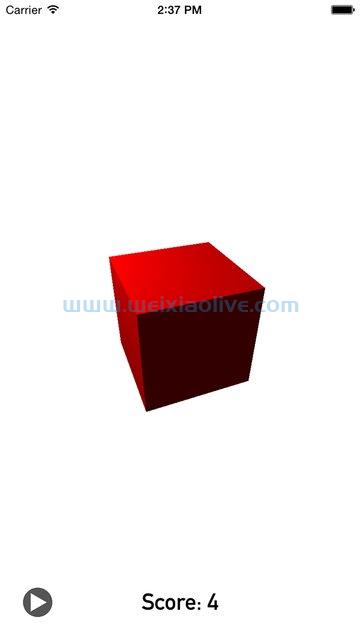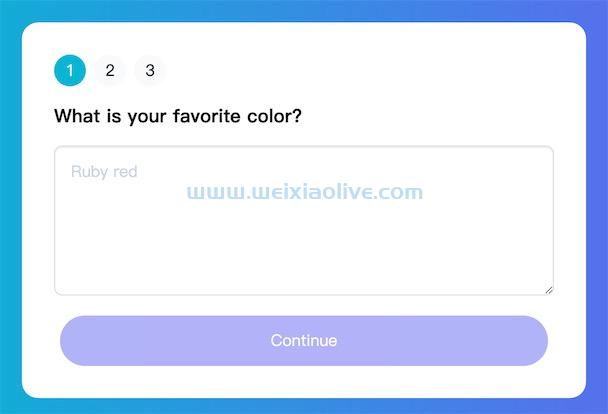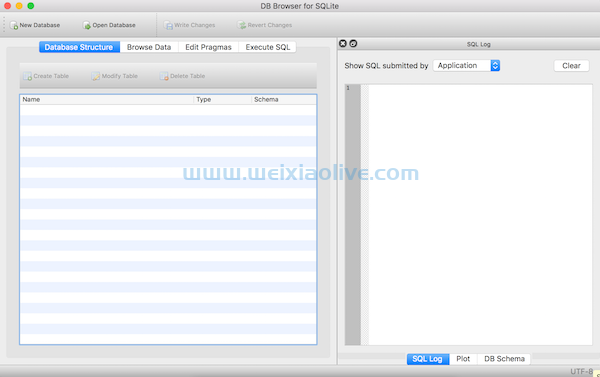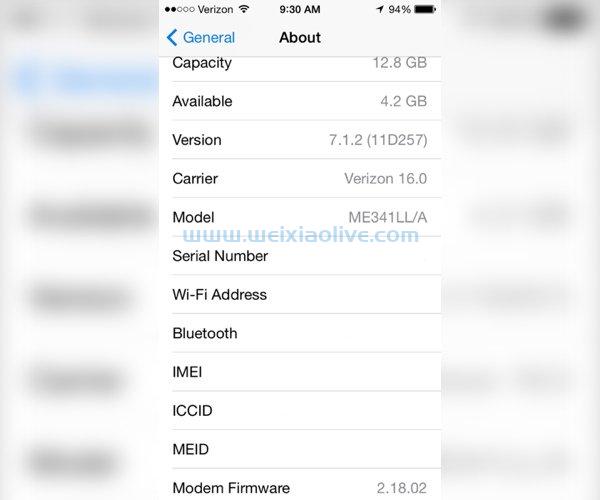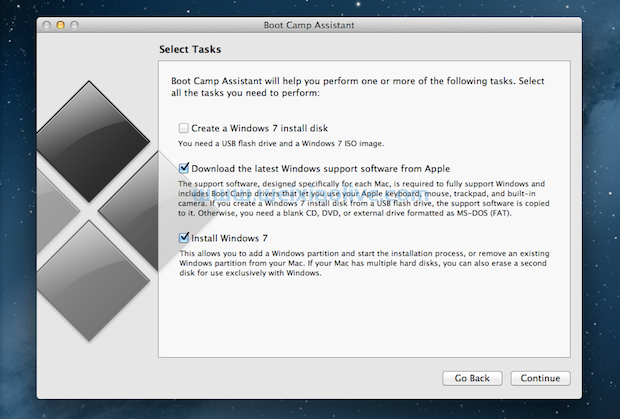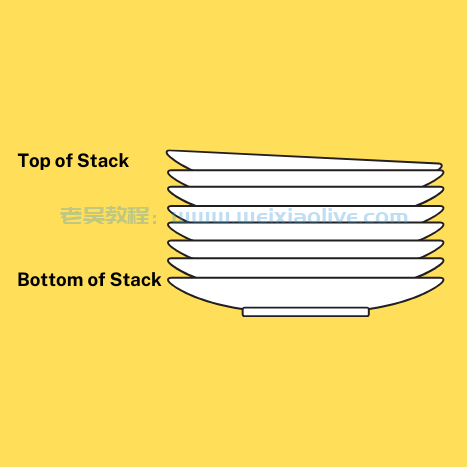在本系列的第三篇教程中,您学习了如何创建countries信息应用的HomeComponent。我们将在本教程中创建另外两个组件。其中一个组件将列出我们存储在
COUNTRIES数组中的所有***/地区。另一个组件将显示用户选择的任何***的详细信息。
创建 AllCountries 组件
HomeComponent我们在上一个教程中创建的 和我们AllCountriesComponent 将在本节中创建的非常相似。唯一的区别是,我们不是对COUNTRIES数组进行排序和切片,只得到前三个***,而是一次列出所有***。在控制台中,移动到您的项目目录并运行以下命令:
ng generate component all-countries
这将在 angular 应用程序的src/app目录中创建一个名为all-countries的文件夹。该文件夹将包含三个不同的文件,分别名为、和。获取***列表和初始化组件本身等组件逻辑将放在文件中。该文件将存储组件的模板,该文件将存储不同的 css 规则来设置模板的样式。all-countries.component.tsall-countries.component.htmlall-countries.component.css.ts.html.css
这是该all-countries.component.ts文件的代码:
import { Component, OnInit } from '@angular/core';
import { Country } from '../country';
import { CountryService } from '../country.service';
@Component({
selector: 'app-all-countries',
templateUrl: './all-countries.component.html',
styleUrls: ['./all-countries.component.css']
})
export class AllCountriesComponent implements OnInit {
countries: Country[];
constructor(private countryService: CountryService) { }
ngOnInit() {
this.getCountries();
}
getCountries(): void {
this.countries = this.countryService.getCountries();
}
}如您所见,代码非常基本。我们导入我们在本系列的第二个教程中Country创建的和CountryService类。组件装饰器用于指定我们将用来识别 .AllCountriesComponent
在类定义中,我们创建一个countries接受对象数组Country作为其值的属性。使用依赖注入将CountryService类添加到组件中。我们在初始化时调用getCountries()这个类的方法。该getCountries()方法本身依赖于 getCountries()类CountryService,该类返回一个对象数组Country。
该all-countries.component.html文件将存储我们组件的模板。
<div class="container"> <h2>List of All the Countries in Our database</h2> <a *ngFor="let country of countries" class="country-unit" routerLink="/detail/{{country.name}}"> <div class="country-block"> <h4>{{country.name}}</h4> <p>Capital <br> ({{country.capital}})</p> </div> </a> </div>
就像 的模板一样HomeComponent,我们*ngFor用于列出通过该getCountries()方法获取并存储在类的countries属性中的所有***/地区AllCountriesComponent。我们使用这个组件来显示使用该capital属性的不同***的首都。您将在下一个教程中了解routerLink 与标签一起使用的指令。a
使用的 CSS 与文件的 CSS 相同 home.component.css。唯一的区别是我们将每个***块的背景颜色更改为绿色。这是完整的 CSS 代码:
a {
text-decoration: none;
}
*,
*:after,
*:before {
box-sizing: border-box;
}
body {
font-family: 'Lato';
}
h2, h3, h4, p {
font-family: 'Lato';
margin: 10px;
}
.country-block p {
margin-top: 0;
margin-bottom: 0;
}
.country-block h4 {
margin-bottom: 10px;
}
h4 { position: relative; font-size: 1.25rem;
}
.container {
margin: 0 50px;
text-align: center;
}
.country-unit {
width: 200px;
display: inline-block;
margin: 10px;
}
br {
clear: both;
}
.country-block {
padding: 30px 0;
text-align: center;
color: white;
height: 150px;
background-color: #4CAF50;
border-radius: 2px;
}
.country-block:hover {
background-color: #FF5722;
cursor: pointer;
color:white;
}创建 CountryDetailComponent
这CountryDetailComponent将是我们 Angular 应用程序的第三个也是最后一个组件。每当用户单击HomeComponent或中列出的任何***/地区的名称时AllCountriesComponent,他们将被带到CountryDetailComponent.
返回控制台并运行以下命令:
ng generate component country-detail
这将在您的应用程序的src/app 目录中创建一个名为country-detail的文件夹。您应该在文件夹中看到四个不同的文件。其中三个文件将命名为:、和. 就像早期的组件一样,将包含我们组件的逻辑,并将包含用于渲染它的模板。country-detail.component.tscountry-detail.component.htmlcountry-detail.component.csscountry-detail.component.tscountry-detail.component.html
这是该 country-detail.component.ts文件的代码:
import { Component, OnInit } from '@angular/core';
import { ActivatedRoute } from '@angular/router';
import { Location } from '@angular/common';
import { Country } from '../country';
import { CountryService } from '../country.service';
@Component({
selector: 'app-country-detail',
templateUrl: './country-detail.component.html',
styleUrls: ['./country-detail.component.css']
})
export class CountryDetailComponent implements OnInit {
country: Country;
constructor(
private route: ActivatedRoute,
private countryService: CountryService,
private location: Location
) { }
ngOnInit(): void {
this.getCountry();
}
getCountry(): void {
const name: string = this.route.snapshot.paramMap.get('name');
this.country = this.countryService.getCountry(name);
}
goBack(): void {
this.location.back();
}
}这一次,我们还导入了ActivatedRoute 和 Location以及Component和OnInit。我们用于ActivatedRoute访问与在插座中加载的组件关联的路由的信息。我们Location用来使我们的应用程序能够与浏览器的 URL 进行交互。
在类定义中,我们创建了一个名为的属性country,它接受一个Country对象作为其值。与HomeComponentand不同AllCountriesComponent,该CountryDetailComponent课程一次只能显示一个***/地区的详细信息。
该getCountry()方法从路线快照中提取参数,并使用该值在数组name中查找具有给定名称的***/地区。COUNTRIES该方法在类中的方法goBack()的帮助下将用户带回上一页 。back()Location
这是该 country-detail.component.html文件的代码:
<div class="container">
<div *ngIf="country">
<h2>{{ country.name | uppercase }}</h2>
<p>
<span>Capital: </span>{{country.capital}}</p>
<p>
<span>Area: </span>{{country.area | number}} km
<sup>2</sup>
</p>
<p>
<span>Population: </span>{{country.population | number}}</p>
<p>
<span>GDP: </span>{{country.gdp | number}} USD</p>
<p>
<span>Currency: </span>{{country.currency}}</p>
<button (click)="goBack()">Go Back</button>
</div>
</div>divwith中的模板代码仅在已设置为值时*ngIf="country"才会呈现。country我们使用Angular 管道将***名称大写,并正确格式化***的面积和人口。我们将Go Back按钮的点击事件绑定到我们组件的方法,这样每当用户点击一个按钮时,他们就会被带回上一页。goBack()
这是将进入country-detail.component.css文件的CSS:
.container {
margin: 0 auto;
width: 380px;
}
h2, p {
font-family: 'Lato';
}
p {
font-size: 1.25rem;
}
p span {
color: #4CAF50;
border-radius: 5px;
width: 200px;
display: inline-block;
}
label {
display: inline-block;
width: 3em;
margin: .5em 0;
color: #607D8B;
font-weight: bold;
font-family: 'Lato';
}
button {
margin-top: 20px;
font-family: Arial;
background-color: #F44336;
border: none;
padding: 5px 10px;
border-radius: 20px;
cursor: pointer;
outline: none;
color: white;
font-family: 'Lato';
}最后的想法
随着本教程的完成,我们在我们的第一个 Angular 应用程序中添加了另外两个组件。与AllCountriesComponent非常相似,HomeComponent因为它们都呈现了存储在COUNTRIES数组中的***列表。这是不同的,因为它根据名称 CountryDetailComponent从数组中提取有关单个***/地区的信息。COUNTRIES
创建三个不同的组件之后,您现在应该对 、 和 文件之间的交互有一个基本的了解, .ts以.html创建.css一个功能齐全的组件。
在本系列的下一个教程中,您将学习如何将所有这些组件一起使用并进行一些最终更改,以便应用程序可以正常运行而不会出现任何错误。

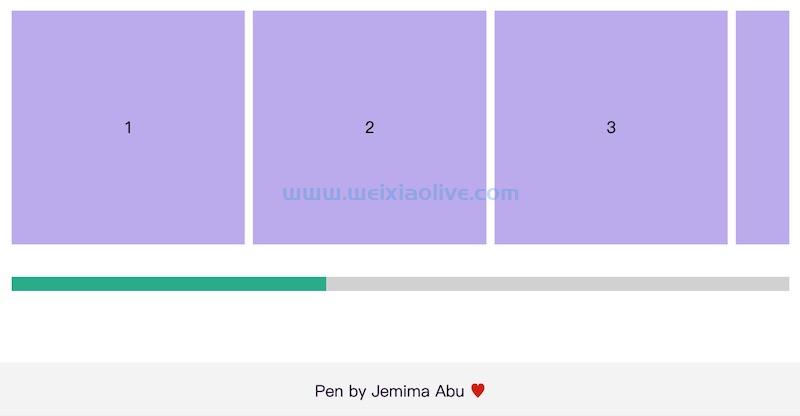
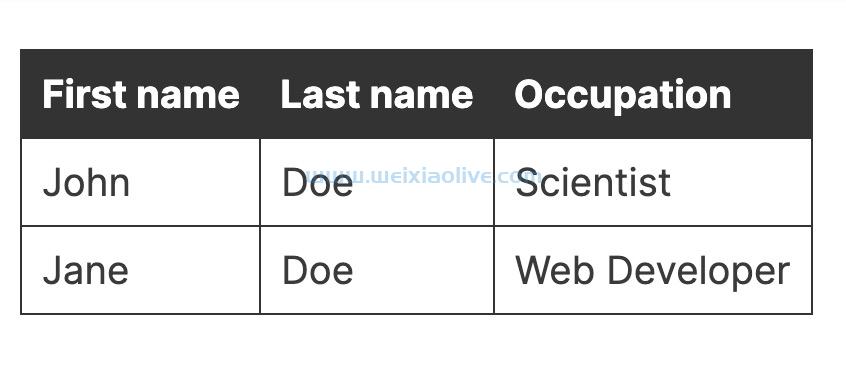


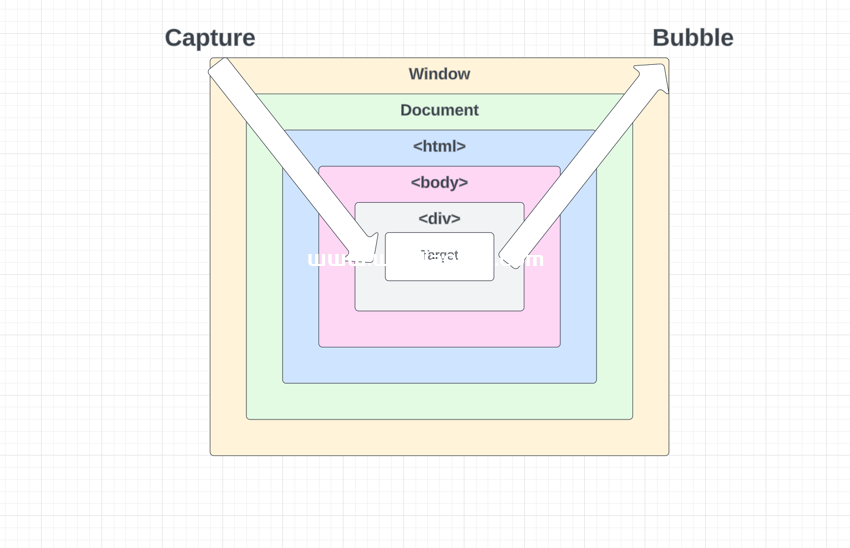
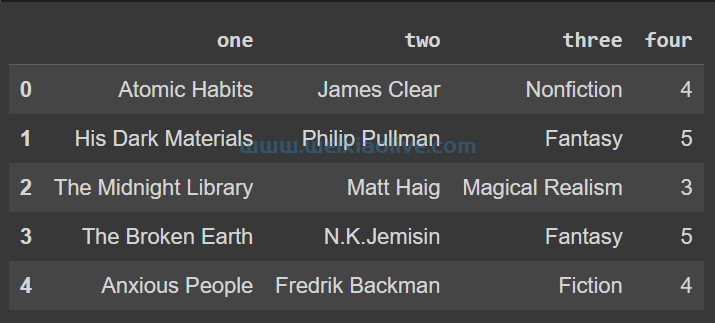

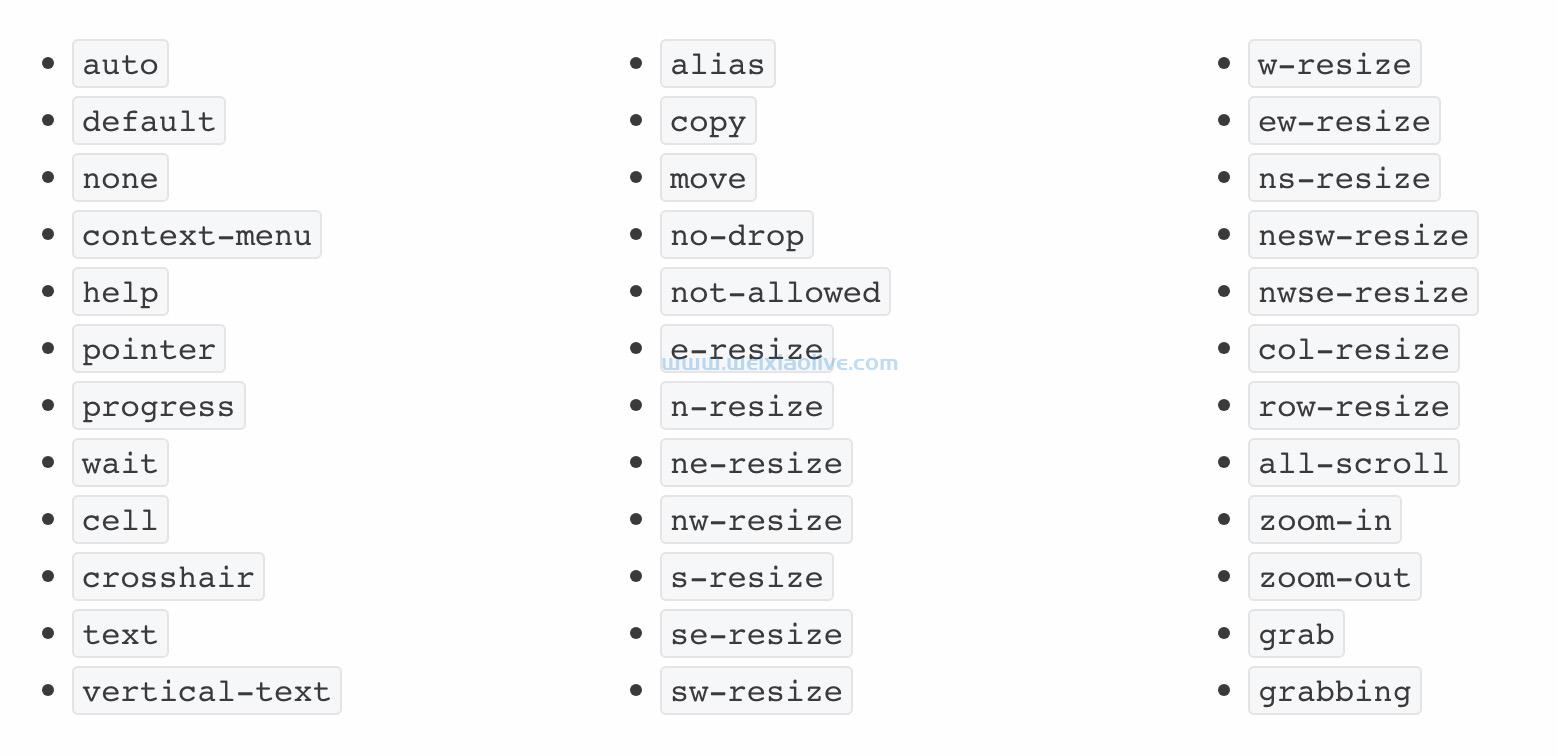
![如何删除Word中的空白页[4种简单方法] 如何删除Word中的空白页[4种简单方法]](https://www.weixiaolive.com/en/zb_users/upload/2023/07/20230702124855168827333590644.png)

